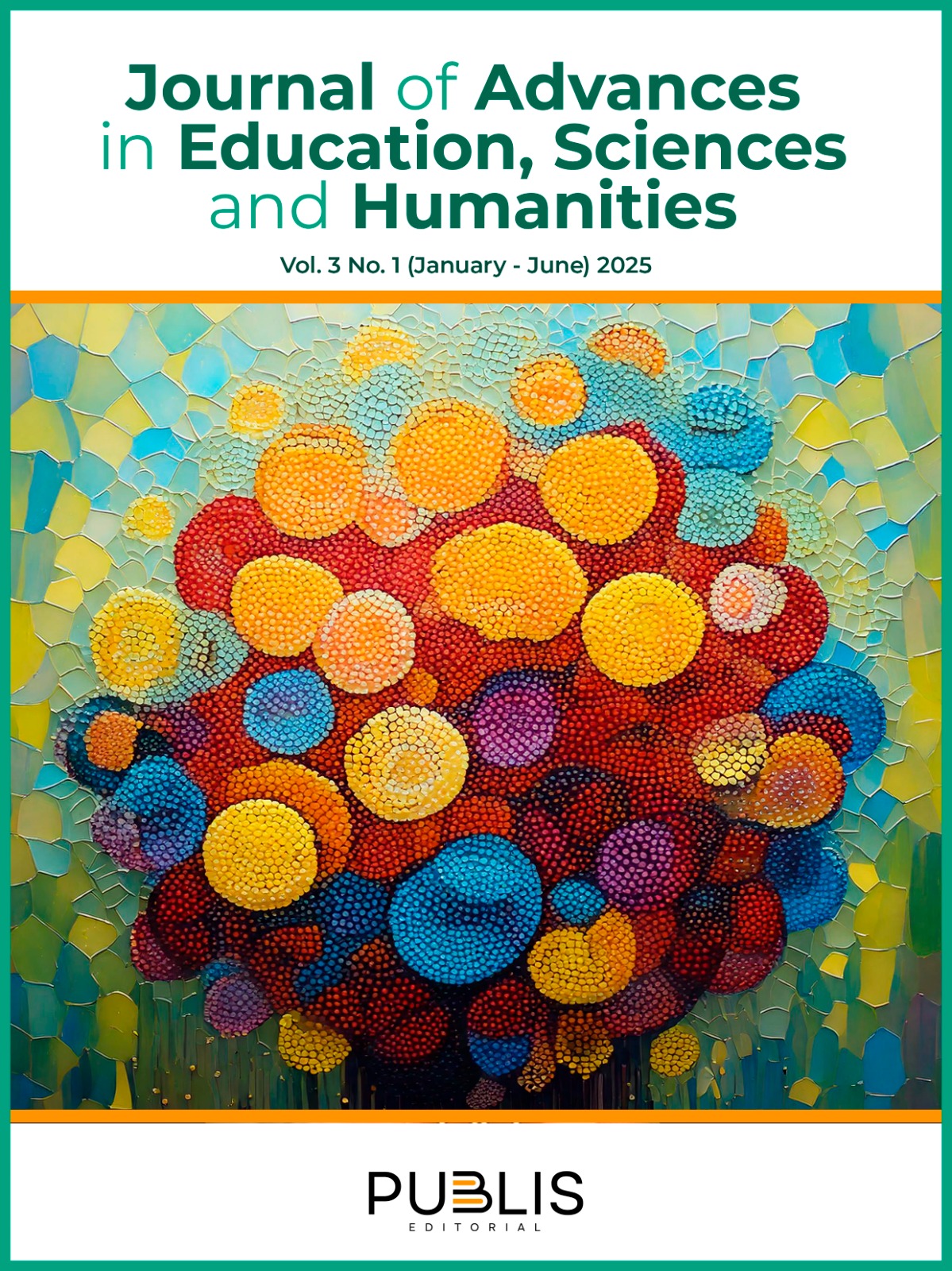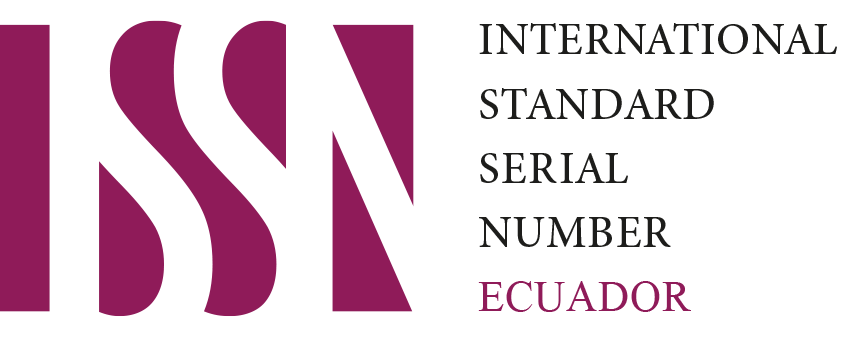Urticaria crónica en niños atendidos en un hospital básico privado de la ciudad de Portoviejo
DOI:
https://doi.org/10.5281/zenodo.14816598Palabras clave:
urticaria crónica, urticaria crónica espontánea, epidemiología, manifestaciones clínicasResumen
La urticaria crónica se define como la presencia de habones de aparición espontánea, diarios o casi diarios, durante la mayoría de los días por más de 6 semanas. Este estudio, realizado en el Hospital Básico Privado "Clínica Dei Bambini" en Portoviejo, entre febrero de 2023 y febrero de 2024, analizó el perfil clínico y epidemiológico de esta condición en pacientes pediátricos. Se incluyeron 32 pacientes de entre 1 y 18 años, cuyas historias clínicas anonimizadas fueron revisadas. El estudio, de tipo observacional, descriptivo y transversal, utilizó métodos teóricos y empíricos y aplicó estadística descriptiva para procesar los datos. Los resultados indicaron que la mayoría de los casos correspondieron a niños de 1 a 10 años, predominantemente varones, residentes en áreas urbanas y con padres de nivel socioeconómico medio y educación básica o secundaria. En la mayoría de los casos, la urticaria fue clasificada como "no especificada", sin antecedentes familiares de la enfermedad. Entre los factores desencadenantes, destacaron los alimentos, seguidos por la exposición a químicos y medicamentos. Los síntomas más comunes incluyeron habones, prurito, fiebre y dificultad respiratoria. La duración promedio de los episodios fue de 6 a 8 semanas, y el tratamiento más utilizado fue el de primera línea, con antihistamínicos H1 de segunda generación, principalmente loratadina.
Descargas
Referencias
Arias-Cruz, A., González-Díaz, S. N., Macías-Weinmann, A., Ibarra-Chávez, J. A., Sánchez-Guerra, D., Leal-Villarreal, L., & Salinas-Díaz, M. R. (2018). Calidad de vida en urticaria crónica y su relación con el impacto económico y control de la enfermedad en pacientes atendidos en el Hospital Universitario de Monterrey, México. Revista alergia México, 65(3), 250-258. https://doi.org/10.29262/ram.v65i3.398
Brüske, I., Standl, M., Weidinger, S., Klümper, C., Hoffmann, B., Schaaf, B., Herbarth, O., Lehmann, I., von Berg, A., Berdel, D., Bauer, C. P., Koletzko, S., Heinrich, J., & Giniplus and Lisaplus Study Groups. Epidemiology of urticaria in infants and young children in Germany--results from the German LISAplus and GINIplus Birth Cohort Studies. (2014). Pediatric Allergy and Immunology, 25(1), 36-42. https://doi.org/10.1111/pai.12146
Chérrez-Ojeda, I., Robles-Velasco, K., Bedoya-Riofrio, P., Schmid-Grendelmeier, P., Chérrez, S., Colbatzky, F., Cardona, R., Barberan-Torres, P., Calero, E., Calderón, J. C., Larco, J., & Chérrez, A. (2017). ¿Es posible simplificar el abordaje diagnóstico de urticaria crónica? Una lista de verificación de información clínica. Revista Alergia México, 64(3), 309-326. https://doi.org/10.29262/ram.v64i3.276
Coronado, B., Ochoa-García, I. V., Torres-Lozano, C., Quintero-Ramos, A., & Ortega-Cisneros, M. (2021). Frecuencia y caracterización clínica de la urticaria crónica en un hospital de tercer nivel. Revista alergia México, 68(2), 94-100. https://doi.org/10.29262/ram.v658i2.818
Cruz-Hernández, A., Caballero-López, C. G., López-García, A. I., Rivero-Yeverino, D., Arana-Muñoz, O., Papaqui-Tapia, J. S., Ortega-López, L., Rosales-Blanco, A. G., Ruiz-Márquez, I. P., & Valle-Rodríguez, F. (2019). Prevalencia de la urticaria crónica y su perfil clínico epidemiológico. Alergia, Asma e Inmunología Pediátricas, 28(2), 47-50. https://www.medigraphic.com/cgi-bin/new/resumen.cgi?IDARTICULO=90060#
Ensina, L. F., Silva, L., Chong, H., & Ben-Shoshanc, M. (2022). Urticaria and angioedema in children and adolescents: diagnostic challenge. Allergologia et immunopathologia (Madr), 50(S Pt 1), 17-29. https://doi.org/10.15586/aei.v50iSP1.538
Ferrá, T. M. (2023). Urticaria y angioedema. Folia Dermatológica Cubana, 17(1), e351. https://revfdc.sld.cu/index.php/fdc/article/download/351/362
Kanani, A., Betschel, S. D., & Warrington, R. (2018). Urticaria and angioedema. Allergy, Asthma & Clinical Immunology, 14(Suppl 2), 59. https://doi.org/10.1186/s13223-018-0288-z
Kolkhir, P., Giménez-Arnau, A. M., Kulthanan, K., Peter, J., Metz, M., & Maurer, M. (2022). Urticaria. Nature Reviews Disease Primers, 8, 61. https://doi.org/10.1038/s41572-022-00389-z
La Forgia, M. P., Torre, A. C., Song, A., Ritchie, C. A., Medina, I., Cannavó, A., Luna, P. C., Gattolin, G., & Gomez, M. (2023). Actualización práctica de diagnóstico y tratamiento de la urticaria crónica. Medicina (B Aires), 83(5), 772-792. https://pubmed.ncbi.nlm.nih.gov/37870335/
López, V. E., Pedroza, M. Á., & Huerta, L. J. G. (2020). Urticaria crónica en niños. Revisión sistemática. Alergia, Asma e Inmunología Pediátrica, 29(1), 16-30. https://doi.org/10.35366/93322.8
Marín, J. M., de León, F. J., Berbegal, L., & Silvestre, J. F. (2016). Guía clínica de urticaria en Atención Primaria. Atención Primaria, 48(10), 687-689. https://doi.org/10.1016/j.aprim.2016.01.011
Mazur, M., Czarnobilska, M., & Czarnobilska, E. (2020). Prevalence and potential risk factors of urticaria in the Polish population of children and adolescents. Advances in Dermatology and Allergology, 37(5), 785-789. https://doi.org/10.5114/ada.2020.100489
Mora Y. (2022). Perfil clínico-epidemiológico de los pacientes con urticaria crónica espontánea en alergia. Cinfuegos, 2019-2022. Cienfuegos, 2019-2022. Hospital General Universitario “Dr. Gustavo Aldereguía Lima”. https://cubalergia.sld.cu/index.php/CA2023/2023/paper/download/75/48
Nevot, S., & Gómez, C. (2018). Prevención de las enfermedades alérgicas. Pediatría Integral, XXII(2), 68-75. https://www.pediatriaintegral.es/publicacion-2018-03/prevencion-de-las-enfermedades-alergicas-2/
Sánchez-Borges, M., Capriles-Hulett, A., Caballero-Fonseca, F., & González-Aveledo, L. (2014). Urticaria en niños atendidos en servicios de alergología. Revista Alergia México, 61(2), 90-98. https://doi.org/10.29262/ram.v61i2.31
Sedó-Mejía, G., Yong-Rodríguez, A., Monge-Masís, O., & Hidalgo-Matlock, B. (2015). Recomendaciones para el diagnóstico, clasificación y el manejo de la urticaria. Acta Médica Costarricense, 57(3), 102-112. https://www.scielo.sa.cr/pdf/amc/v57n3/art02v57n3.pdf
Smith, P. K., Masilamani, M., Li, X. M., & Sampson, H. A. (2017). The false alarm hypothesis: food allergy is associated with high dietary advanced glycation end-products and proglycating dietary sugars that mimic alarmins. Journal of Allergy and Clinical Immunology, 139(2), 429-437. https://doi.org/10.1016/j.jaci.2016.05.040
Zamitiz-Hernández, J., Celio-Murillo, R., Torres-Reyes, M. A., León-Aguilar, R., & Ramírez-González, V. (2021). Prevalencia de urticaria crónica en una unidad médica. Revista Alergia México, 68(3), 174-179. https://doi.org/10.29262/ram.v68i3.867
Zuberbier, T., Aberer, W., Asero, R., Abdul, A. H., Baker, D., Ballmer-Weber, B., Bernstein, J. A., Bindslev-Jensen, C., Brzoza, Z., Buense, R., Canonica, G. W., Church, M. K., Craig, T., Danilycheva, I. V., Dressler, C., Ensina, L. F., Giménez-Arnau, A., Godse, K., Gonçalo, M., Grattan, C., Hebert, J., Hide, M., Kaplan, A., Kapp, A., Katelaris, C. H., Kocatürk, E., Kulthanan, K., Larenas-Linnemann, D., Leslie, T. A., Magerl, M., Mathelier-Fusade, P., Meshkova, R. Y., Metz, M., Nast, A., Nettis, E., Oude-Elberink, H., Rosumeck, S., Saini, S. S., Sánchez-Borges, M., Schmid-Grendelmeier, P., Staubach, P., Sussman, G., Toubi, E., Vena, G. A., Vestergaard, C., Wedi, B., Werner, R. N., Zhao, Z., Maurer, M.; Endorsed by the following societies: AAAAI, AAD, AAIITO, ACAAI, AEDV, APAAACI, ASBAI, ASCIA, BAD, BSACI, CDA, CMICA, CSACI, DDG, DDS, DGAKI, DSA, DST, EAACI, EIAS, EDF, EMBRN, ESCD, GA²LEN, IAACI, IADVL, JDA, NVvA, MSAI, ÖGDV, PSA, RAACI, SBD, SFD, SGAI, SGDV, SIAAIC, SIDeMaST, SPDV, TSD, UNBB, UNEV & WAO. (2018). The EAACI/GA²LEN/EDF/WAO guideline for the definition, classification, diagnosis and management of urticaria. Allergy, 73(7), 1393–1414. https://doi.org/10.1111/all.13397
Publicado
Declaración de disponibilidad de datos
Los conjuntos de datos utilizados y/o analizados durante el presente estudio están disponibles del autor correspondiente previa solicitud razonable.
Número
Sección
Licencia
Derechos de autor 2025 Yuliana C. Mera, Freddy A. Bravo, Nancy Toledo (Author)

Esta obra está bajo una licencia internacional Creative Commons Atribución-NoComercial-CompartirIgual 4.0.




































